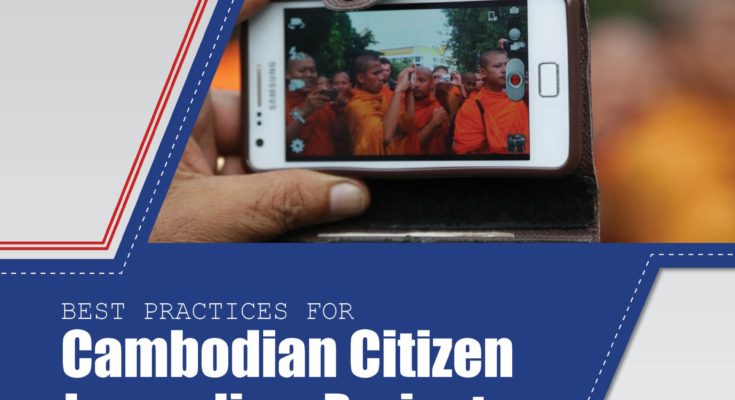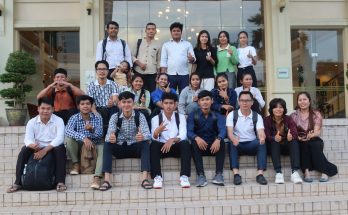The phenomenon of citizen journalism has spread worldwide, enabled by the rapidly growing influence of the internet, with its ability to turn users into publishers with a global audience, and by increases in the affordability and availability of user-friendly, all-in-one reporting tools, such as smartphones, which give average citizens the ability to report breaking news more quickly and efficiently than traditional journalists. Though its reach is truly global, citizen journalism is most needed — and stands to have the most profound impact — in areas of the world where the mainstream media is prone to government controls or censorship, or where media ownership is highly concentrated. It is in these places, where citizens’ access to information is debilitatingly limited, that CJs have the potential to enact lasting change, by holding governments to account and shedding a spotlight on critical issues such as human rights abuses, which would normally go unreported in their countries’ mainstream media.
This “Best Practices Guide for Citizen Journalism Projects” outlines how citizen reporters are achieving just this in Cambodia, gradually opening up the country’s repressive media environment. This guide aims to document the challenges, lessons learned and achievements of the Cambodian Center for Independent Media (CCIM) in the development and maintenance of a nationwide network of more than 200 CJs, in hopes of inspiring other news organizations and civil society groups in Cambodia, Southeast Asia and across the world to incorporate citizen journalism as a tool in the advancement of their work in the areas of press freedom and democratic governance.




